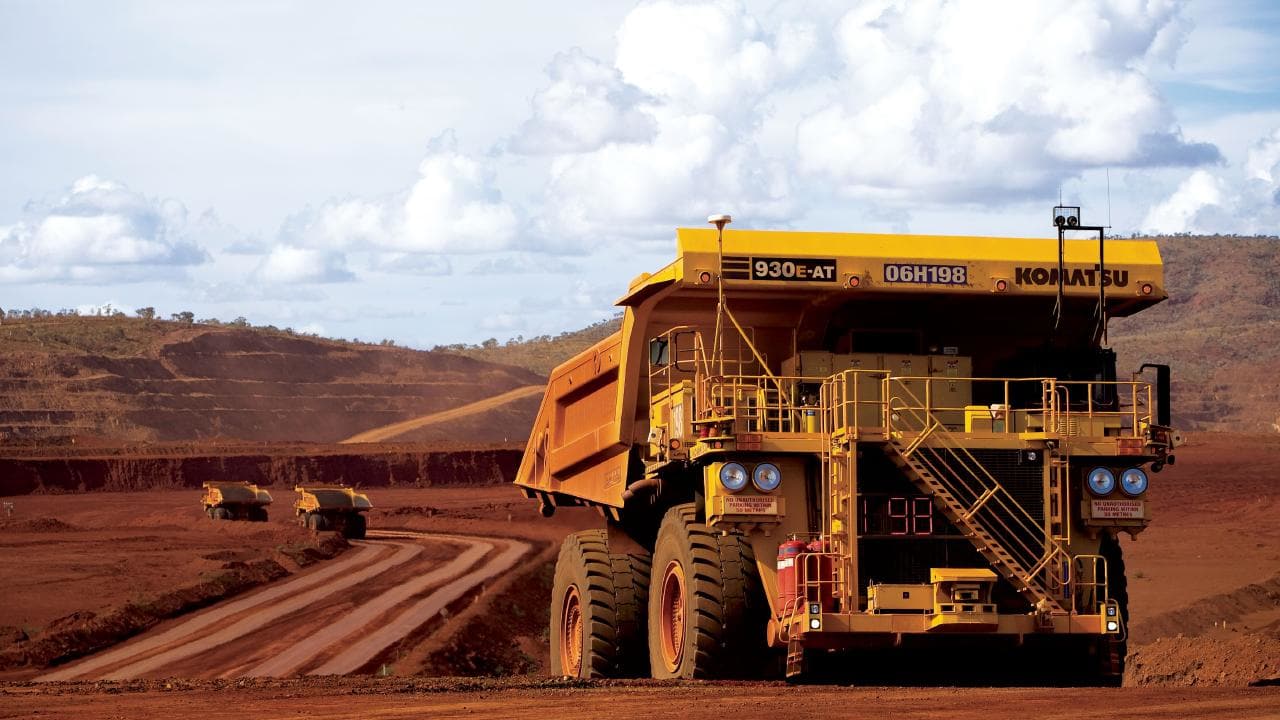Rio Tinto Pledges Copper Mine Call by Christmas

If Rio Tinto pulls the trigger on its Winu copper project in Western Australia’s Pilbara region it could start producing before other prospective mines such as Resolution in the USA, the company’s copper chief has revealed.
On a trip to Australia last week, Rio Tinto copper and diamonds chief executive Arnaud Soirat visited the site for the first time, which he described as being out of the ordinary.
Winu is situated in the Paterson Province of the Great Sandy Desert about 350km south east of Port Hedland.
There are 190 people working at the exploration site with 11 drills and while Rio Tinto has confirmed promising results it has not officially signalled whether it is a tier one ‘Rio-size’ project.
“It’s unusual for me to come to an exploration site at such an early phase but it is a very interesting project,” Mr Soirat said.
Mr Soirat said the company was still looking for the limits of the Winu deposit but would know by the end of the year whether it warranted development.
“We are still looking for the limits of the deposit east, north and south,” he said.
“When we do the next disclosure, we will have significantly more drilling completed and therefore we will see how rich the deposit is and how big it is as well.
“To make it a Rio Tinto site of course size is important but to make it a mine site in general it’s not just the size but also the quality of the ore body itself.
“At this stage it is too early to say whether the metallurgy is going to be such that we will have a business there one day.
“I think we’ll be able to tell the market by the end of this year whether it’s not a Rio Tinto site.”
Rio Tinto’s copper operations delivered earnings before interest, tax, depreciation and amortisation of $US2.8 billion last year and it has signalled it plans to maintain annual capital expenditure at roughly current levels at about $US6 billion a year.
Mr Soirat said if the company did pursue the deposit it had the potential to come online between the trouble plagued Oyu Tolgoi underground expansion in Mongolia and its Resolution joint venture with BHP in Arizona.
Mr Soirat said if the company did pursue the deposit it had the potential to come online between the trouble plagued Oyu Tolgoi underground expansion in Mongolia and its Resolution joint venture with BHP in Arizona.
“I think if the deposit is right and the metallurgy is right potentially it could become before Resolution,” he said.
“The reason I’m saying this is because it will be an open cut mine, it’s reasonably shallow and it’s sand and sandstone [with] 50 to 100-metres of burden. It’s not that difficult to mine from what we’ve seen so far.”
The area surrounding Winu has come into focus since activity began and it prompted a ‘nearology’ share price bump for adjacent junior miners also in the Paterson province.
Rio Tinto is interested in the wider area too. Mr Soirat confirmed the company was looking at other potential sites in their mining licence area, but it was still early days.
“Frankly at this stage it’s a hope more than anything else, because we haven’t done any exploration yet however we’ve done some surveys and there are some signs where our exploration team are [drilling],” he said.
“It would be worth going and having a look prospecting there, then we’ll see.”
The global copper price hit a low of US$4382 in 2016 and has hovered around the US$6000 mark since 2017.
Macquarie analysts last week predicted copper prices would fall as much as 18 per cent of the next three years.
Longer term the International Copper Association of Australia predicts the world will require 26 million tonnes annually by 2040, double the current market.
Mr Soirat also talked up a potential supply shortfall in the copper market as cities become more urbanised and electric vehicle sales grow against a lack of investment in new mines.
Weaker than expected ground conditions would increase construction costs on the expansion of the $US5.3 billion Oyu Tolgoi mine, one of the biggest known copper deposits in the world, but not necessarily operating costs, he said.
Source: Sydney Morning Herald, 15 July 2019
